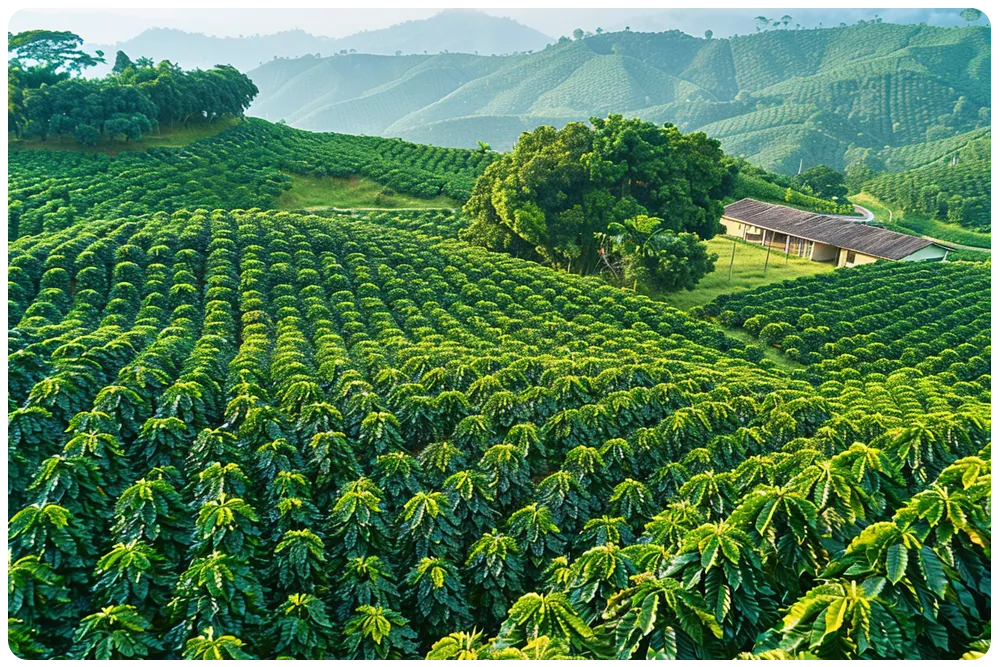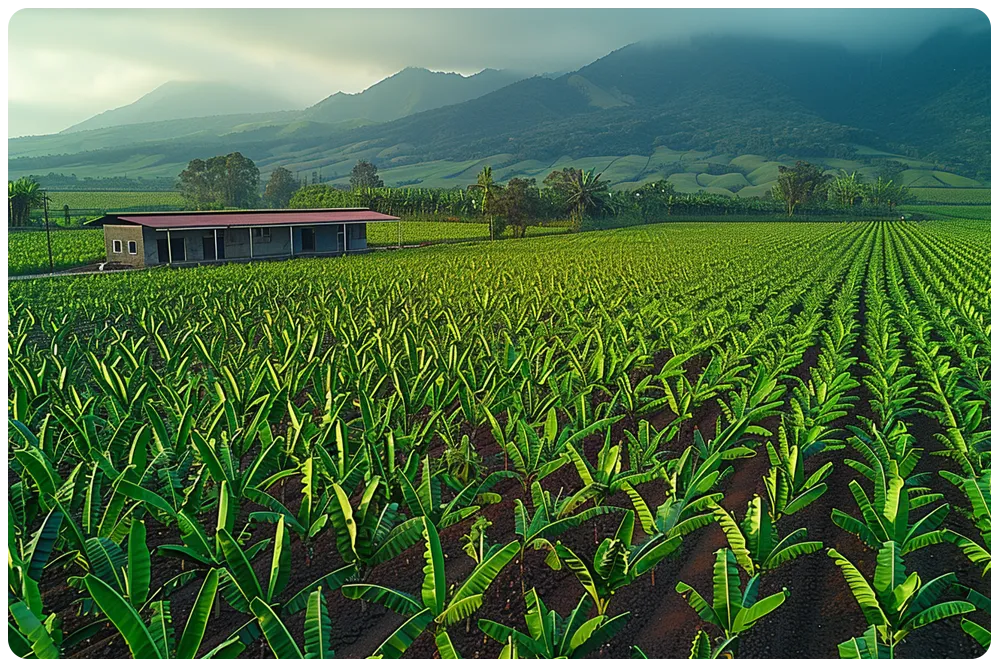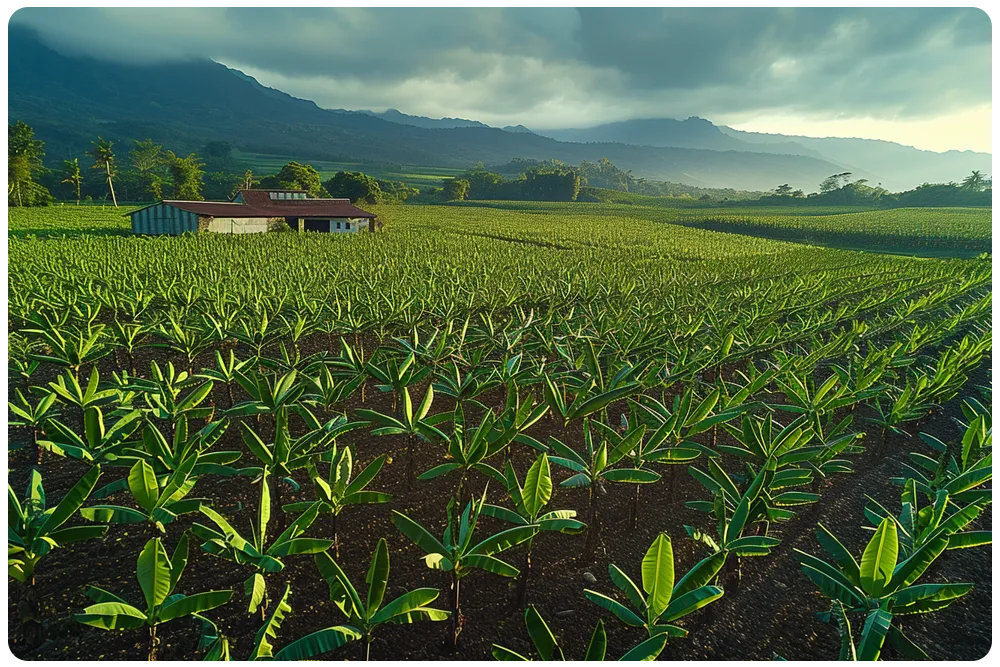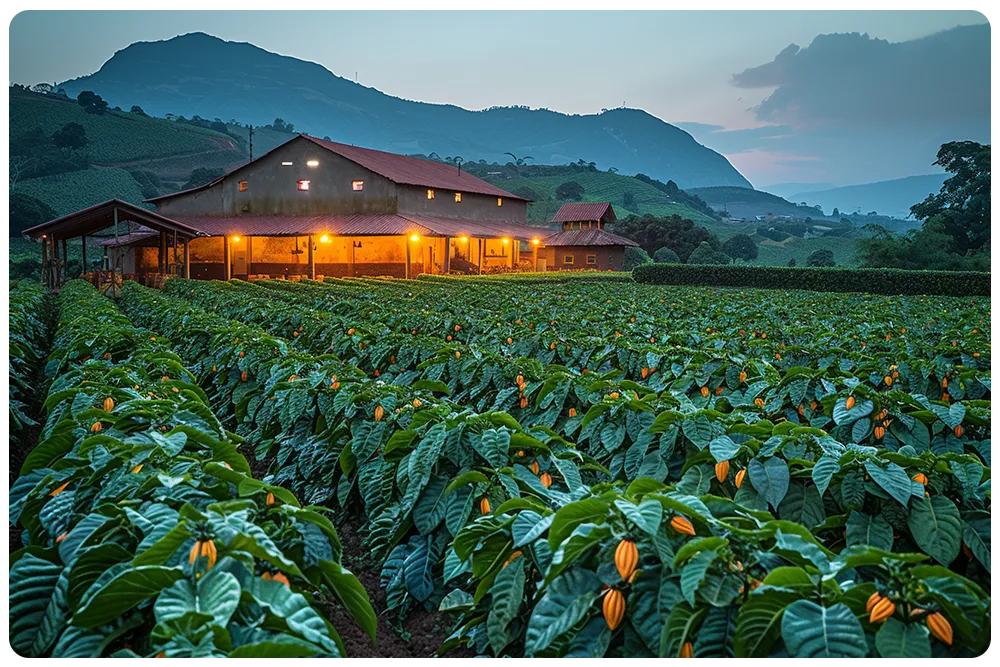Discover the financial aspects of drone farming. Explore costs, potential returns, and investment insights. Understand how drones enhance crop production.
Welcome to Drone Farm
We offer a comprehensive range of agricultural drone services. With years of experience, we’ve harnessed our expertise to deliver high-quality services to our clients. Our team provides full support at every stage. Choose us for top-tier Drone Farming experiences!

Contents
- 1. What are the costs of drone farming?
- 2. Investment required for good drone farming.
- 3. Impact of drone farming on financial situation.
- 4. Is farming profit affected by drone usage?
- 5. Potential financial gains from investing in drone farming.

1. What are the costs of drone farming?
Understanding the Financial Investment in Drone Farming
Shifting towards a more modern and technology-intensive approach, agricultural drone adoption has been on the rise. Whether it’s improving crop health management or enhancing overall farm productivity, the benefits of drone usage in farming are multifold. However, as with any major investment, an understanding of the associated costs is essential. Here, we dish out the crucial aspects of the financial investment involving agricultural drone.
Initial Acquisition Costs
The primary upfront cost of drone farming is the purchase of the drone itself. The pricing varies depending upon the features, capabilities and the technology embedded within the drone. A simple, entry-level agricultural drone costs slightly less, while advanced drones with high-resolution imaging and autonomous flying capabilities carry a higher price tag.
Operational Costs
Post-acquisition, the main recurring expenses are the operational costs. These include costs for drone maintenance, battery replacements, software subscriptions for data analysis, and potential repair costs. In addition to this, depending upon local regulations, there may be licensing or permit costs associated with flying a drone for commercial farming purposes.
Training and Adoption Costs
Successful drone farming isn’t just about owning an agricultural drone. It requires the expertise to operate it and interpret the results effectively. This necessitates costs for technical training and learning to use the drone software. Over time, as proficiency in drone operation increases, these costs tend to decrease.
Return on Investment
Understandably, introducing drone farming constitutes a significant investment. However, the long-term benefits and cost savings that can be achieved through optimized crop production and improved farm management often outweigh these costs. Using drones, early detection of crop illness can significantly reduce losses, thereby enhancing your return on investment.
- Improved yield due to precise crop health monitoring
- Efficient resource utilization leading to cost savings on fertilizers and pesticides
- Reduced labor costs due to automated farm surveillance
While incurring costs initially, in the long run, the usage of a drone can turn out to be an economically viable choice. Utilizing drone technology, farmers can effectively minimize potential threats to crop health, ensure optimized yields, and hence, boost overall agricultural productivity.
2. Investment required for good drone farming.
Investment Required for Good Drone Farming
In an era of advancing technology, one area that’s reaping meaningful benefits is agriculture. The utilisation of drones is revolutionising farming operations, paving the way for increased productivity and efficiency. However, what does it mean financially to bring a drone to the farming landscape? Understanding the investment required for drone farming is crucial for a successful transition.
The Initial Outlay
Before exploring the worthiness of the investment, it is vital to comprehend the initial costs. A decent, agriculturally-specialized drone is not categorically cheap – but is an investment that yields substantial returns over time. Many factors contribute to the cost of a drone, including its specification, the range it can cover, and the data processing capabilities. To assess the initial outlay, it is necessary to align the drone’s capabilities with your specific farming requirements.
Maintenance and Repair
Alongside the upfront cost, it’s essential to consider the drone’s maintenance and repair expenses. Even the most advanced and robust drone will need periodic care to ensure it operates at its optimal efficiency. Regular maintenance activities include software updates, replacement of worn-out parts, and potential repairs following accidental crashes. These costs need to be factored into the overall investment assessment.
Operational Training and Licensing
Another significant aspect of the drone farming investment is the cost associated with training and licensing. The operation of a drone, particularly in an agricultural context, requires specific knowledge and skills, both of which come at a price but are fundamental to maximise its potential. The investment in training and certification not only guarantees the safe and correct use of the drone, but also ensures compliance with aviation regulatory bodies.
Return on Investment
While the financial implications may initially seem daunting, the return on investment can be quite substantial. Drones provide a wealth of benefits to modern farming, including precision plantation, efficient crop monitoring, and prompt disease detection. By seamlessly tackling these crucial aspects of farming, drones increase crop yield, slash operational costs, and thus, boost profitability over time.
Investing in a drone for agricultural purposes is not merely an expenditure; rather, it’s a decision that can revolutionise a farm’s productivity and profitability. But, it’s quintessential to consider the entire financial implications to implement a successful drone operation.


3. Impact of drone farming on financial situation.
Discover the Transformative Power of Drone Farming
In the fast-paced world of agriculture, the agricultural drone has emerged as a game-changer. It carries the potential to enhance farming efficiency, field management strategies and overall productivity.
Let’s take a detailed look at the impact of drone farming on the financial situation of a farm:
- Maximizing Crop Production: Drone technology enables farmers to have precise knowledge about their fields. By analyzing data from drones, farmers can optimize irrigation, use of fertilizers and timing of planting and harvest. This leads to a significant increase in crop yield and as a result financial returns.
- Reducing Operational Costs: Drones allow farmers to monitor vast farm fields swiftly with less human effort and fuel cost than traditional methods. This reduces operational expenses.
- Faster Problem Identification: The agricultural drone can quickly identify crop illness and other issues that can harm productivity. With this early detection, the farmer can take immediate action, potentially saving significant revenue that could have been lost due to widespread damage.
Now, let’s pivot slightly to understanding financial investment in drone farming.
Often, the primary question posed by farmers is: ‘Is drone farming a good financial investment?’. Here’s an assessment:
- Initial Investment: Acquiring a drone and relevant software solutions will require an upfront investment. However, the long-term financial gains can often offset this initial cost.
- Maintenance and Upkeep: Like any advanced equipment, drones require regular maintenance. These costs are indeed a factor to be considered in the financial planning of drone farming.
- Training and Education: Farmers might need some training to operate drones effectively. This could imply additional expense. However, most farmers find the investment in this new skill-set beneficial considering the overall benefits.
In essence, drone farming may necessitate financial investment, but the potential returns in the form of enhanced productivity and reduced operating costs are substantial. Thus, drone farming presents a promising opportunity for boosting financial stability in the agricultural sector.
4. Is farming profit affected by drone usage?
Is Farming Profit Affected by Drone Usage?
In today’s technology-driven agricultural landscape, the question arises: Does the use of a drone influence farming profit? The financial investment perspective of this advanced tool truly unveils the connection between drone usage and farming profitability.The initial consideration for many is the cost of a drone and the necessary software, but the ensuing advantages often signify this investment as worthwhile. A drone can provide comprehensive field data, which is invaluable in developing more efficient farming strategies and reducing potential losses from crop illness.
Primarily, drones provide detailed crop surveillance, enabling farmers to promptly detect and treat areas exhibiting signs of sickness. This level of precision is largely unattainable through traditional methods and can lead to significant reductions in crop losses and associated costs.
Therefore, drones allow farmers to:
- Optimize their pesticide usage, ensuring it targets only the areas that require treatment, and reducing overall pesticide costs.
- Improve irrigation systems by identifying over watered or underserved areas, thereby improving water usage and crop yield.
- Proficiently monitor crops, helping to make timely decisions about harvesting to maximize produce quality.
Drones also refine farm management strategies. From planning planting layouts to assessing yield, a drone can increase operational efficiency, thereby contributing to farming profitability. Moreover, the drone-generated data can provide insights for future farm planning and crop selection.
To sum it up, while drone farming involves an initial investment, the long-term financial benefits are considerable. Innovative use of a drone can certainly minimize crop illness, optimize use of resources, and augment overall farm management, thereby positively influencing farming profit.
In essence, the question is not “if” but “how much” a drone can financially benefit farming operations.

5. Potential financial gains from investing in drone farming.
Potential Financial Gains from Investing in Drone Farming
As the world of agriculture embraces technology, one viable investment channel has surfaced – drone farming. Results from this progressive approach to farming show promising potential for significant financial gains.The Economic Advantage of Drone Technology in Agriculture
The perspective of agricultural drones extends beyond their fascinating mechanics. A multifaceted tool, a drone has the capacity to enhance farm management, boosting productivity and profitability. Here are key ways a drone can influence the economics of farming:
- Crop Monitoring Precision: A drone offers precise, real-time crop monitoring. This means that farmers can detect anomalies quickly, steering clear of extensive crop loss and financial fallout. Baselining yield projections also become more accurate with a drone.
- Disease Management: Drones allow early identification of crop illness, swift diagnosis subsequently enabling suitable treatment application. This intervention can minimize disease impact and potential associated costs.
- Efficient Use of Resources: Guided by drone data, farmers can apply pesticides, water, and nutrients more selectively. This not only cuts down the expense of wasted resources but also ensures that crops get what they need exactly when they need it.
Prudently Investing in Drone Farming
While drone farming presents exciting prospects, careful research and analysis are prerequisites to any investment in this domain. Understanding the drone’s capability vis-a-vis your farm’s unique needs, assessing operational costs, and calculating potential RoI can be instrumental in making a rewarding investment.
Conclusion
Drone farming, fueled by continuous technological advancements, appears to be a thriving investment frontier in agriculture. It’s versatility empowers farmers to adopt an integrated approach to farm management, capable of delivering significant financial gain. Going ahead, efficient strategies, and informed choices will likely steer the financial success of this pioneering agricultural practice.